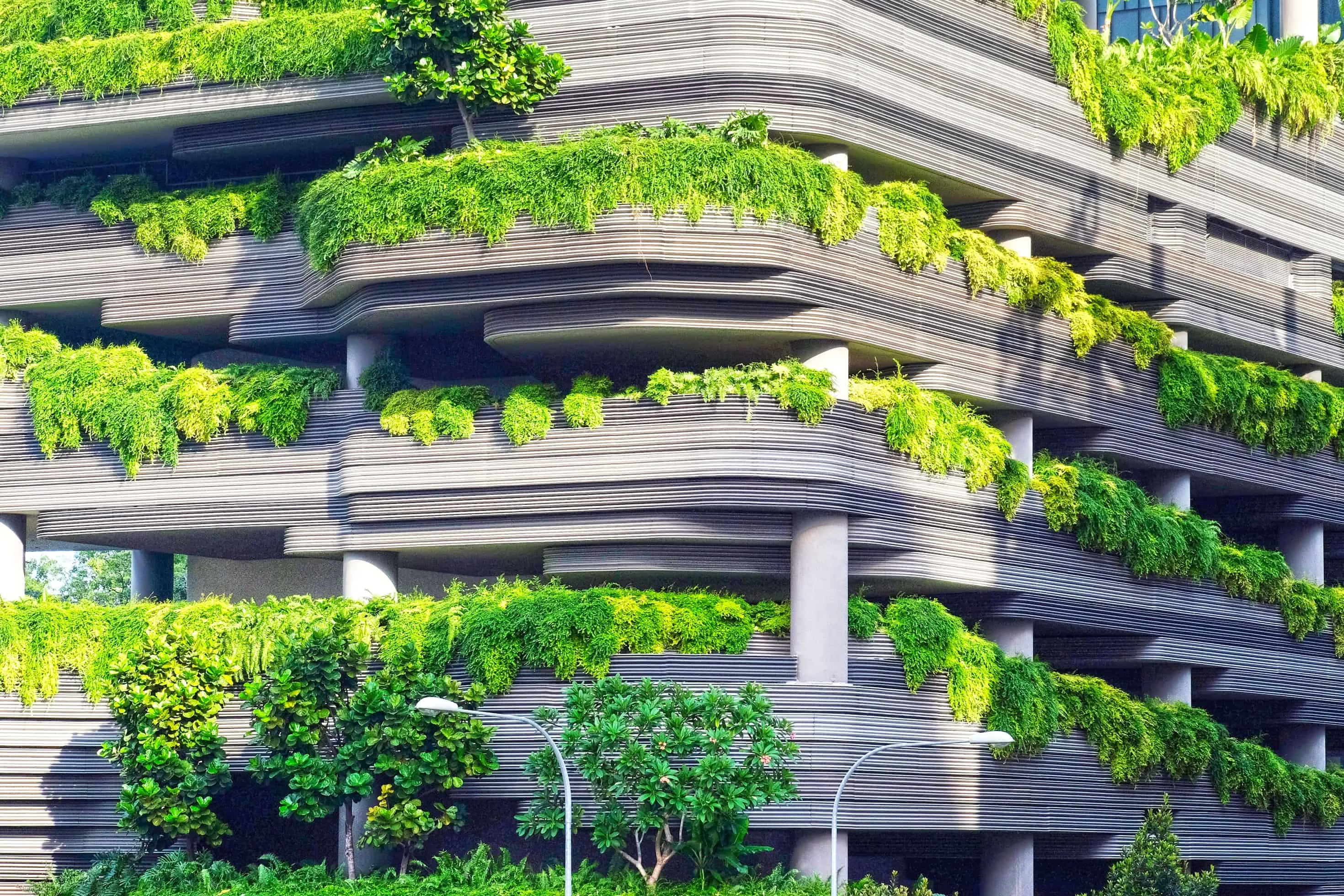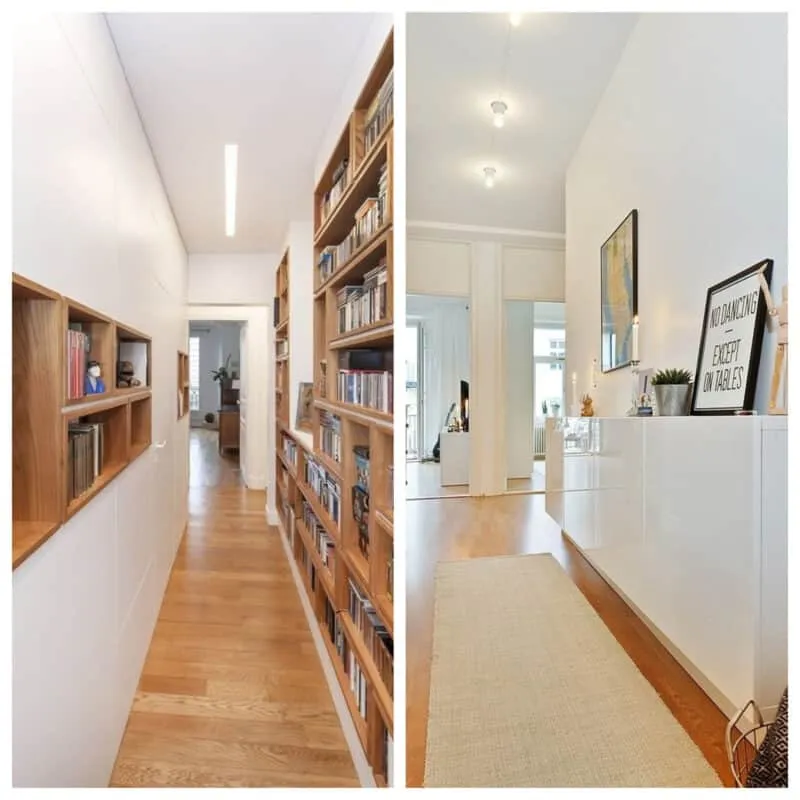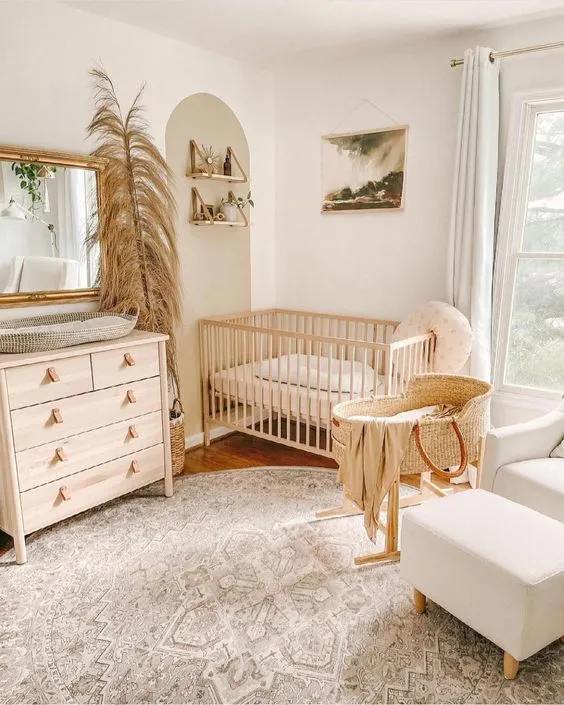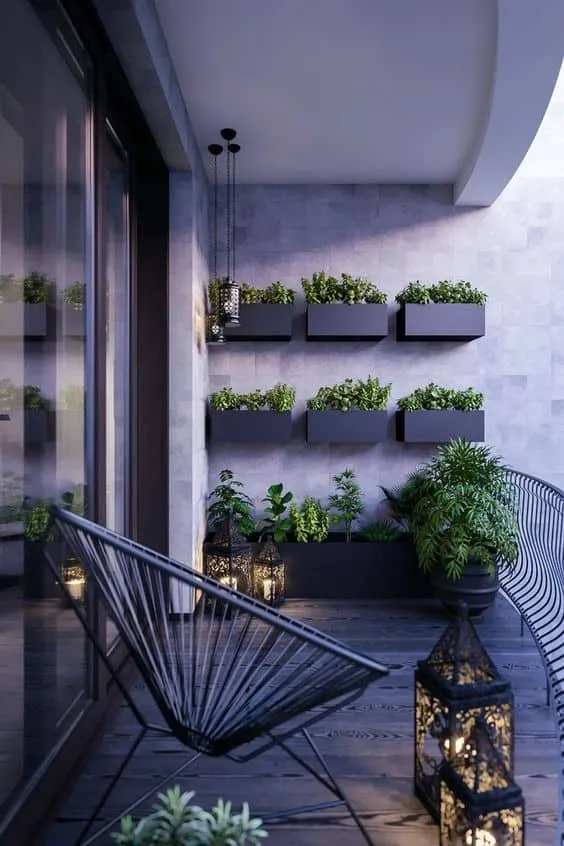There can be your advertisement
300x150
How to Implement Sustainable Practices in Architectural Projects
Sustainability in architecture has quickly evolved from a trend to a necessity. As our planet faces environmental challenges, the importance of eco-friendly solutions becomes increasingly evident.
Modern architecture must respond to this challenge by combining aesthetic appeal with environmentally conscious choices. Our built environment holds tremendous potential for positive impact, promoting a greener and more sustainable future.

Understanding Sustainable Architecture
Sustainable architecture is based on projects that minimize negative environmental impact, much like experienced essay writers carefully craft their content to leave a lasting impression. At its core lies energy efficiency, resource conservation, and creating spaces that promote user well-being.
The principles of sustainable architecture have profound implications. Among ecological aspects, they reduce waste generation, energy consumption, and environmental degradation. For communities, they foster healthier living conditions, encourage the use of local materials, and cultivate a deeper connection with nature. Together, they form a blueprint for harmonious coexistence between built environments and their surroundings.
Site Analysis and Location Selection
Selecting an appropriate site is a fundamental step in sustainable architecture. An ecologically clean site minimizes negative impact on nature and complements the ecosystem.
Several methods help in this selection process. These include studying natural water runoff, assessing local flora and fauna, and analyzing solar paths for optimal use of natural light. Such evaluations allow architects to ensure their projects not only harmonize with the environment but also enhance its resilience.
Energetically Efficient Design Strategies
The use of renewable energy sources has become an essential part of sustainable architecture. Integration of solutions such as solar panels can significantly reduce a building's carbon footprint.
Additionally, energy consumption can be reduced through efficient insulation, providing comfort indoors without excessive heating or cooling. When combined with passive design that maximizes natural lighting and air circulation, energy usage drops dramatically. By integrating these strategies, projects become not only energy-efficient but also pave the way toward a more sustainable future in architecture.
Water Conservation Techniques
Water is a valuable resource requiring responsible use in architecture. Integrating rainwater harvesting systems can significantly reduce water needs while preserving natural resources for future use.
Moreover, carefully designed landscapes using drought-resistant plants and efficient irrigation can reduce water consumption. Even building layouts optimized for water usage play an important role. Together, these methods embody a design philosophy that respects and preserves vital planetary water resources.
Sustainable Building Materials
Choosing the right materials plays a key role in eco-friendly architecture. Using recycled materials reduces waste, while local production decreases transportation emissions. Furthermore, non-toxic materials create a healthier indoor environment and reduce harm to the planet.
Environmental footprints of materials vary significantly. For example, bamboo is a fast-growing resource with much less impact than wood. Comparing such footprints and making informed decisions allows architects to create structures that are both environmentally responsible and aesthetically pleasing.
Innovative Waste Management
Minimizing waste during construction holds deep ecological significance. Planning and reuse of materials can significantly reduce construction debris.
After completion, a project may further support sustainability. Spaces for recycling and composting encourage responsible waste handling among users. Additionally, integrating sorting solutions into the project makes recycling easier and more effective. These innovative approaches not only reduce landfill waste but also foster a culture of sustainability within the built environment.
Green Technologies and Systems
The adoption of green technologies has transformed sustainable architecture. Green roofs and walls, for instance, provide insulation while offering urban green spaces that support energy savings and biodiversity.
Complementing these structural innovations, incorporating energy-efficient appliances and fixtures further reduces a building's energy consumption. For example, LED lighting or Energy Star-rated devices ensure minimal power usage. Together, these technologies and systems create buildings that are not only eco-friendly but also progressive in sustainable development.

Indoor Environmental Quality
The interior space of a building plays an important role in the well-being of its users. Optimal natural lighting not only reduces energy consumption but also improves mood and productivity. Well-designed windows and openings can serve dual functions: providing adequate illumination and effective ventilation.
Air quality is paramount. Choosing non-toxic materials minimizes harmful emissions. Effective ventilation systems ensure fresh and clean indoor air. These design choices, like careful attention from professional essay writing services, guarantee a comfortable and healthy indoor environment.
Durability and Adaptability
In the world of sustainable architecture, durability and adaptability are fundamental principles. Projects that stand the test of time reduce the need for frequent renovations and conserve resources.
Moreover, as sustainable construction technologies evolve, buildings should be flexible enough to adapt. A project that easily integrates future advancements—whether new energy solutions or innovations in space utilization—ensures relevance and ecological integrity of the structure. Thus, architects must consider not just current needs but also anticipate future changes, creating spaces that seamlessly blend past, present, and future.
Conclusion
Sustainability in architecture is no longer just an option; it's a defining pillar of modern design. As global environmental challenges intensify, the responsibility lies with architects to lead innovation. By staying informed and implementing evolving sustainable practices, architects can create a built environment that harmonizes with nature and leaves behind a legacy of responsible and meaningful design.
More articles:
 How to Decorate Walls with Canvas Prints
How to Decorate Walls with Canvas Prints How to Decorate and Style Your Corridor
How to Decorate and Style Your Corridor How to Install a Small Hall
How to Install a Small Hall How to Create a Harmonious Bathroom
How to Create a Harmonious Bathroom How to Properly Decorate a Child's Room in Neutral Colors
How to Properly Decorate a Child's Room in Neutral Colors How to Decorate a Small Balcony with Plants
How to Decorate a Small Balcony with Plants How to Properly Design the Ideal Terraced Garden Area
How to Properly Design the Ideal Terraced Garden Area HOW TO DESIGN A KITCHEN WITH A WORKSPACE
HOW TO DESIGN A KITCHEN WITH A WORKSPACE